Competitions
HackCambridge 2021

As part of a team of 4 competing in the annual HackCambridge hackathon, I worked on creating software to help individuals improve their financial well-being. We created a financial planner to help visualise long-term savings for users, based on different funds they can invest in and key lifetime expenditures such as buying a house. We were one of 6 finalists out of 92 teams for our webapp.
I implemented the following features:
- User account and authentication system
- Backend models used to predict fund performance and uncertainty in predictions
- Custom data input to asynchronously update performance graphs
Integrated Design Project
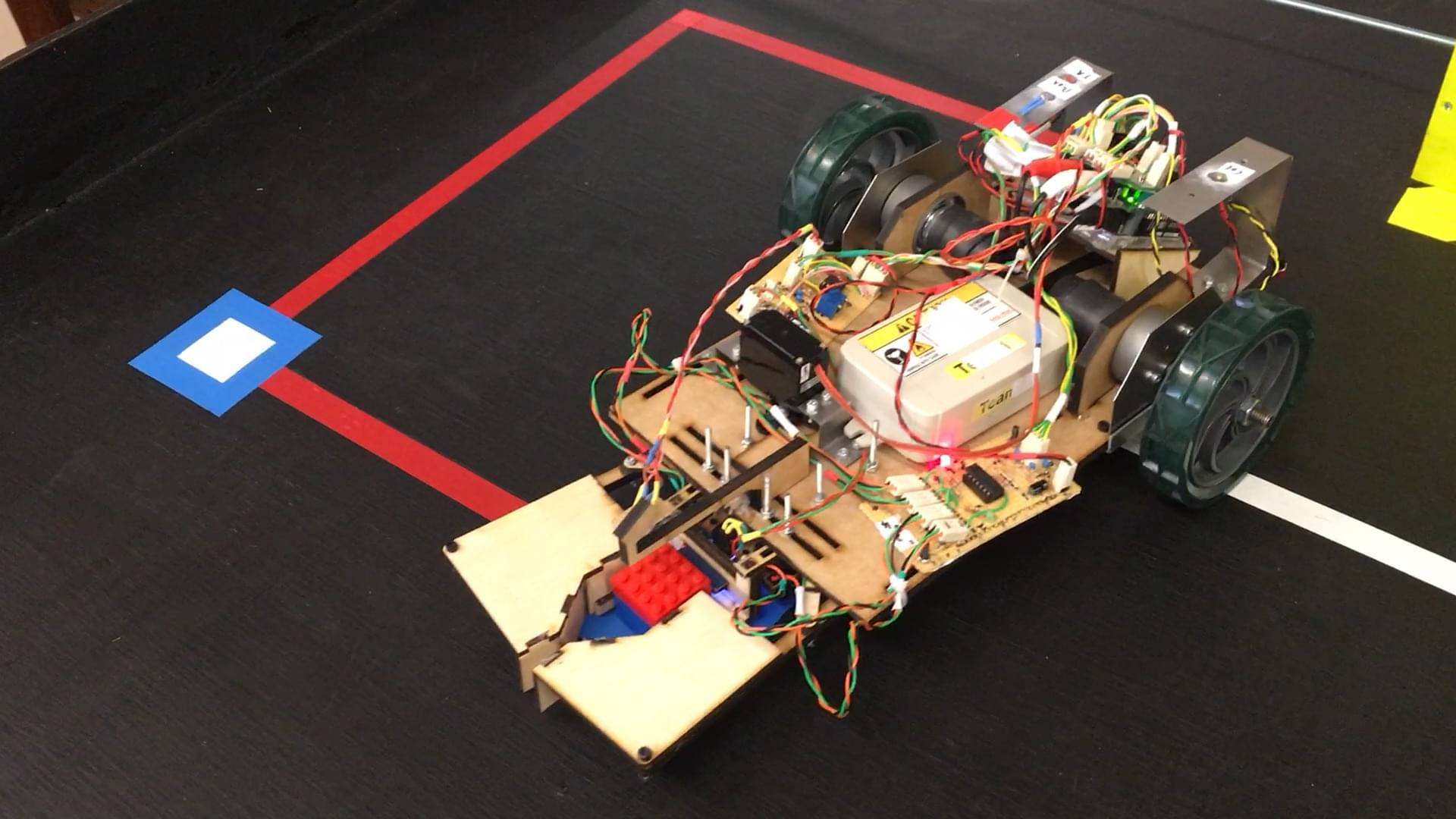
In November, I was part of a team of 5 others that competed in the main coursework competition of my course this year. We were thrilled with a winning score of 110/130. The event involves rapidly prototyping and building a fully autonomous robot to deliver lego blocks to targets scattered throughout the course. The blocks were randomly positioned and the robot was awarded points for delivering blocks accurately and returning to the start within 5 minutes.
To detect the environment, we used the following sensors:
- 4 IR sensors to detect the white line on the course
- Proximity sensor to detect when a block was in the jaws of the robot
- Colour sensor to detect the colour of the block
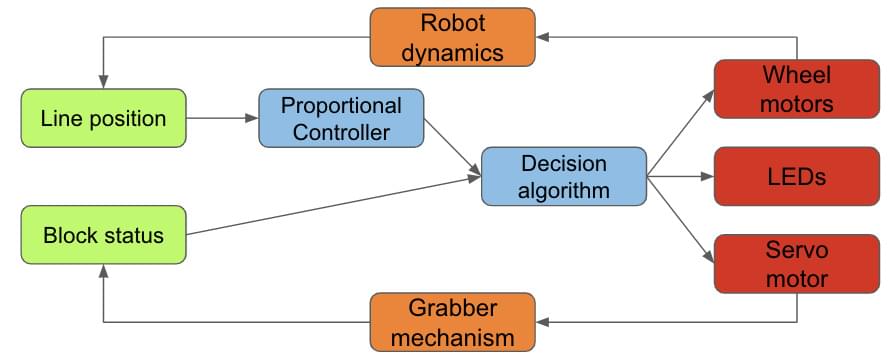
I was on the software team and implemented the following features:
- PID algorithm to smoothly follow the line, even around curves
- Overall block delivery algorithm, ensuring the robot stayed on the line at all times
- Automated code testing to ensure we maintained code quality throughout the project
- Delivery of the two red blocks and a return to home function

Structural Design Project
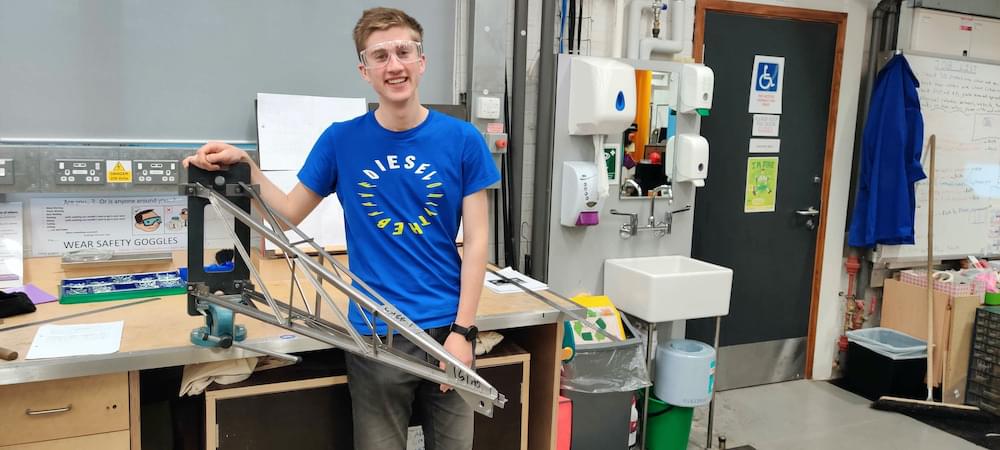
As part of my 1st year coursework, I had to design and manufacture a skewed cantilever to carry a working load of 1kN. My lab partner and I took inspiration from a radio mast and designed a structure with 4 load-bearing members meeting at the loading point. This design was very efficient as it had the minimum number of joints and aovided significant bending moments, even at high loads.
When our cantilever was tested to destruction, it supported a load upwards of 2kN. We were awared a prize for designing the cantilever that was both the strongest and the lightest in our cohort of a dozen groups.
Schools Aerospace Challenge
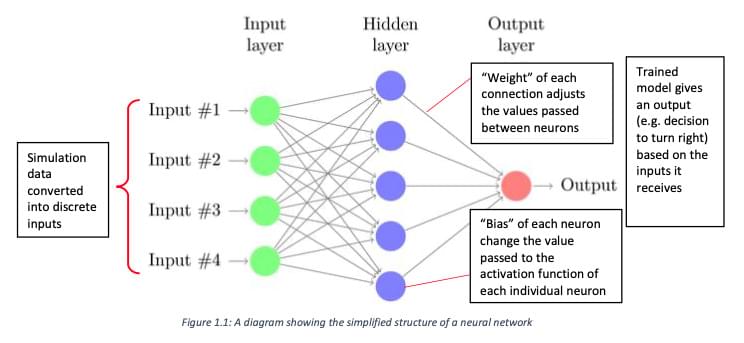
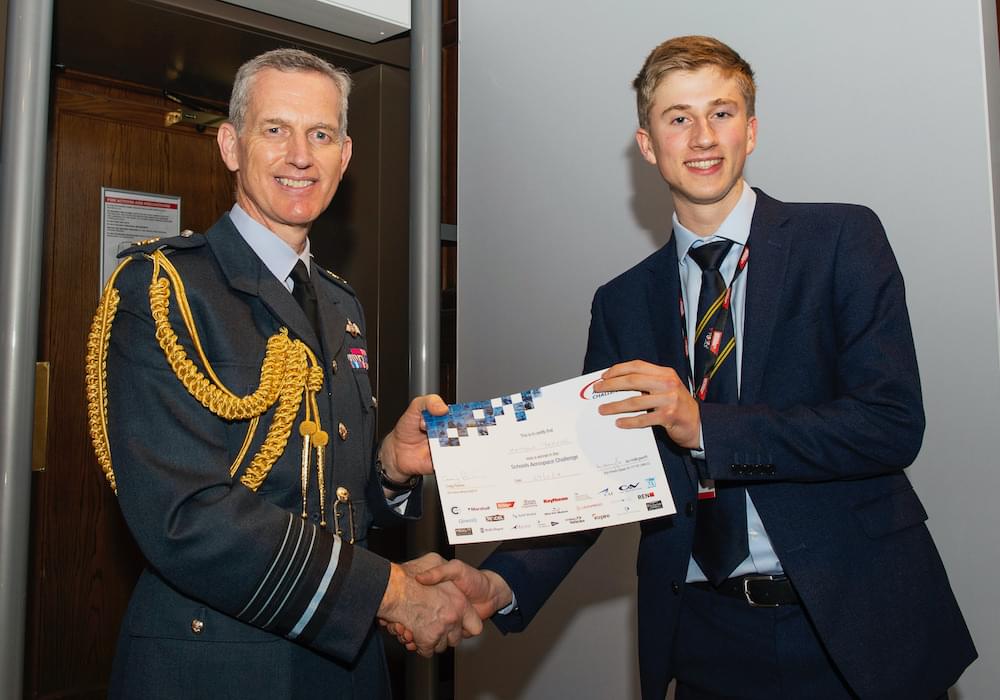
At school I led a team to compete in the Schools Aerospace Challenge, where we were tasked with applying 'disruptive' technologies to improve the RAF. We outlined how advances in information technology could be used help the pilots train in simulators and increase the responsiveness of the aircraft. Furthermore, we suggested that drone swarms could be used to overcome some of the traditional limitations of fixed wing aircraft in surveillance and in humanitarian aid.
Our submission earnt us a place in the finals week at Cranfield University. After a strong performance in the tasks throughout that week, we were awarded 2nd place nationally and invited to present at the IMechE.
Weizmann Safe Cracking Competition
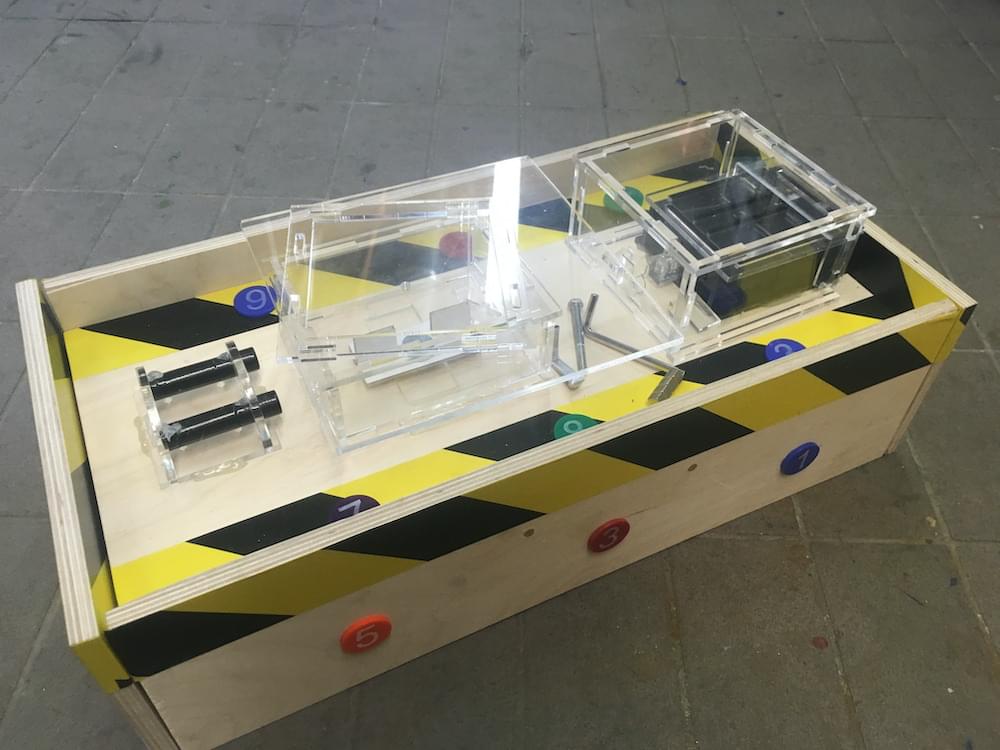
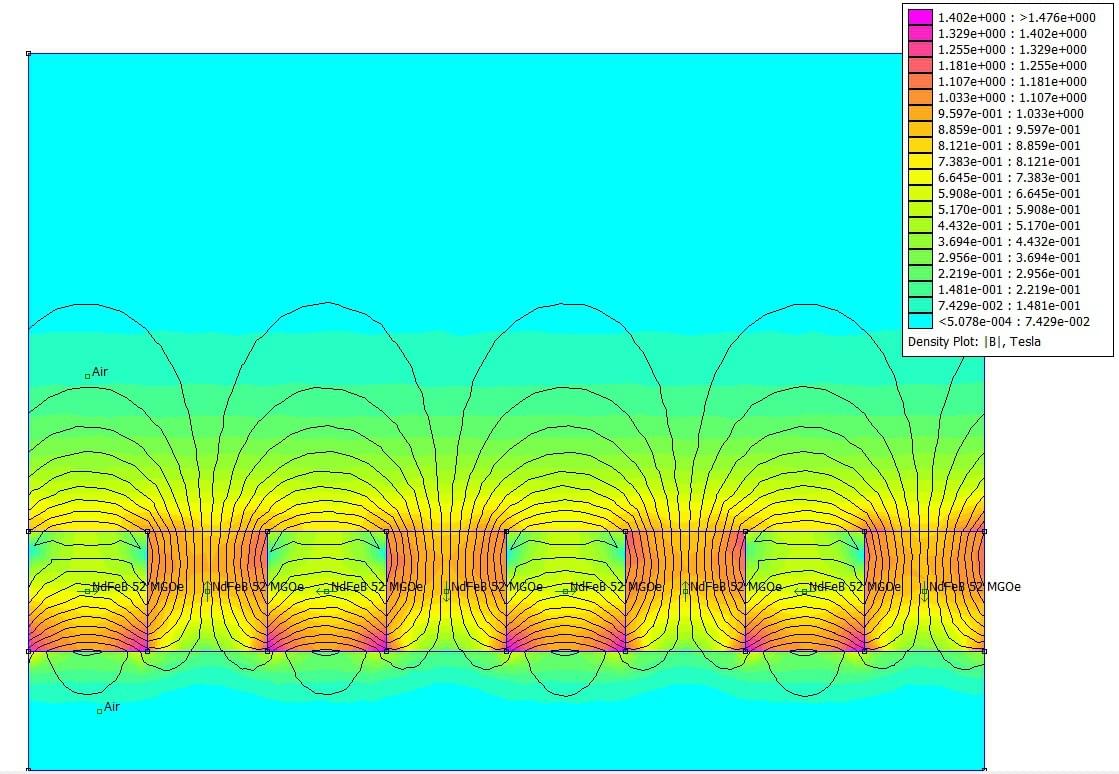
At school I also led a team to compete in the Weizmann Safe Cracking competition. The competition involves designing and manufacturing a safe which relies on physics riddles for security. My team won the national competition and then were placed 4th in the international competition which took place at the Weizmann Institute in Israel.
I came up with the idea of using the unique properties of a Halbach array to create a one-sided magnet. The judges were impressed with my ingenuity and no other team 'cracked' our safe.